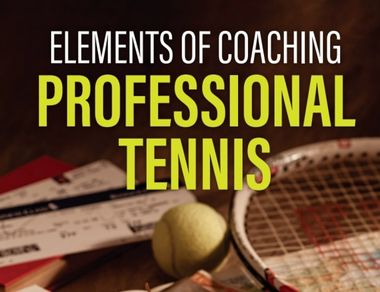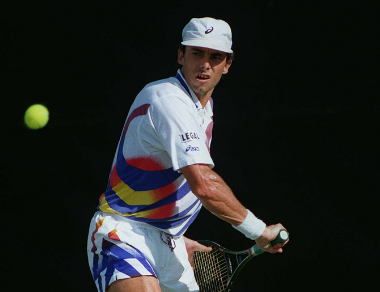Learning to Construct Points in Practice
When I direct a practice session with two or more players, I often ask the server to serve the ball to a specific target. The serve is ball number 1 of the point. The returner hits ball number 2 of the point and, if the ball is in the court, the point continues with the server hitting every odd number ball (1, 3, 5,…) and the returner hitting every even number ball (2, 4, 6,…)… until the ball is not returned into the court. All points in tennis begin with the serve and a subsequent return of serve. The end of the point, in all cases, is either a winning shot (not touched by the opponent) or an error.
The reason I direct the player to serve to a specific target is so the player serving begins working on how to defend the probable shots from his opponent – the returner. This applies to serving and playing the returned ball from the baseline or from a position inside the court as a volley. The returner, playing ball number 2 in the point, has to begin to understand how to keep the ball in play without hitting such a weak shot that the server can play ball number 3 of the point to a target that ends the point (a winner). This is the beginning process of helping players understand the prime directive of tennis: hit the ball in the court! At the same time, the players begin to understand that just hitting the ball back in the court can result in an accomplished opponent ending the point with an easy ball that results in a winner.
Identifying areas for improvement by adding a more penetrating shot or bigger serve
may not be applicable to all athletes.
The server has the great advantage of playing ball number 1 to a target that can put the opponent in a compromised situation of having to return the ball from outside the court (wide serves) or, a ball that attacks the weaker shot (forehand or backhand) or, a ball that is very fast, leaving little time for the opponent to react and/or redirect a return (ball number 2!) setting up a fairly easy shot (ball number 3!) to a target that results in a winner. In my practices, I call these situations ’serve plus one shot’ where the server is practicing beginning the point with a serve that ’earns’ a ball that is easy to play to an intended target. The returner is practicing how to play ball number 2 so that the server does not have an easy ball to ’scorch through the court.’ These practice sessions start the process by which players learn to construct points and compete both as the server and the returner. For higher level players these point situations become much more than simply ’serve and return.’ The object is for the server to learn how to take control of the point and, for the returner to not let the server take control of the point. It is no surprise then, that the best players in the world are either very good or great servers (think Pete Sampras, Roger Federer, Andy Roddick, Steffi Graf, Serena Williams, Maria Sharapova, Petra Kvitova) or very good or great returners (Andre Agassi, Novak Djokovic, Andy Murray, Rafael Nadal, Angelique Kerber come to mind.) I should mention that Stan Wawrinka and Marin Cilic have both improved their serving and returning in recent years. Again, these players are all Grand Slam champions! So, for high level players the goal is to learn how to serve the ball to multiple targets effectively and to learn how to return serve so that the server does not have an easy ball to play!



